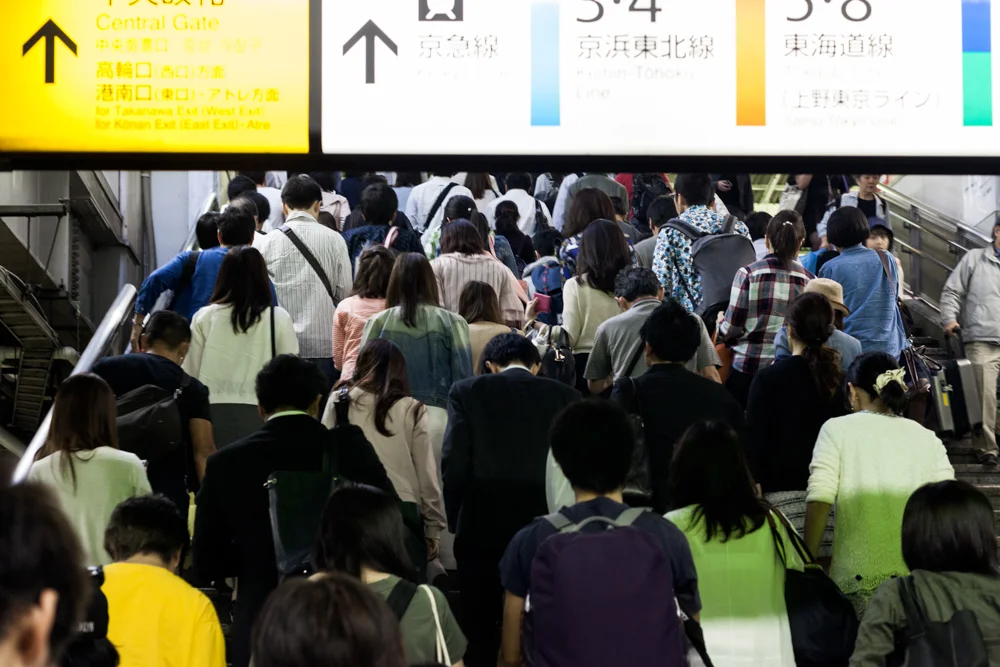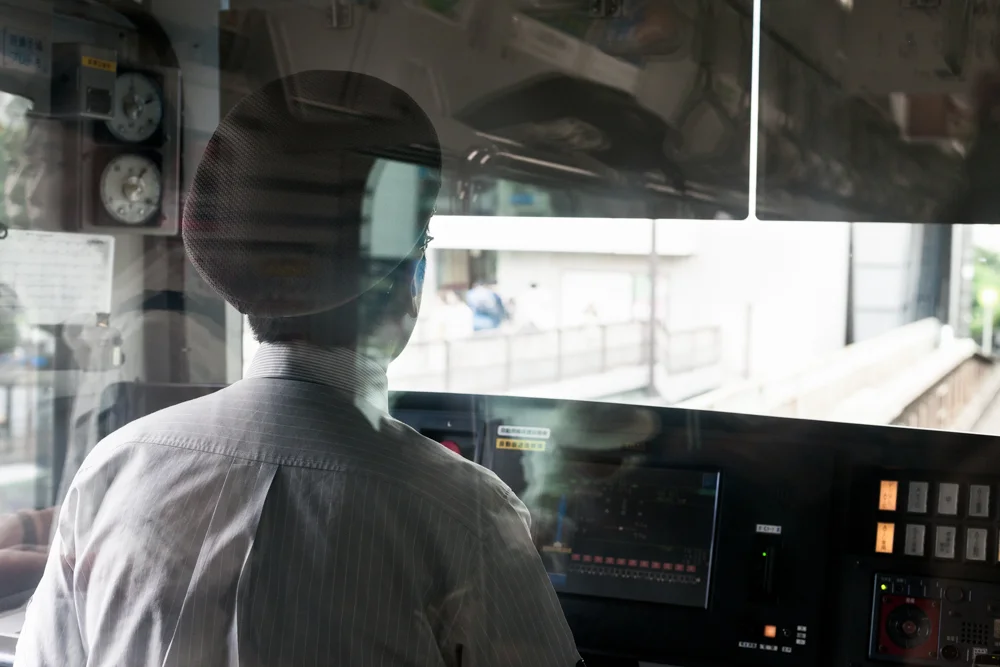Going in Circles: Reflections On the Yamanote Line
Tokyo is a sprawling, metropolitan city that contains over 30 major neighborhoods, each with its own unique residents and personality. Connecting many of them is the Yamanote Line, a cyclical elevated train line built in 1925. It is considered Tokyo’s most important train line and is arguably, the best way to see the city. Today, we reflect on the experience of riding the rails.
Your pilgrimage, like that of most Tokyoites, begins in the hazy morning hours. Like greeting a stranger, you emerge to meet the city; practically anonymous and dizzy amongst the scramble of commuters, repeating key phrases to yourself in case someone asks for directions. You begin at Shinjuku Station, where a dozen exhausted salarymen bump you with their briefcases on their way through the turnstiles.
Rising to greet the day.
Your friend told you that the best way to see Tokyo was to ride the Yamanote line and get off at every stop, exploring the neighborhoods marked by the stations. Eager to sight-see, you purchase a day pass for a few yen and hop on the train. Your eyes wander to the map, scanning the lines for familiar names as the train pulls into the station. It’s on time as usual.
You’ve heard about Harajuku before, so that’s the first place you’ll go. Then Akihabara for electronics and manga, of course, then the museums at Ueno and... Ginza sounds familiar, so why not? And just like that you start your day wandering the city streets, crossing off neighborhoods in your pocket Tokyo guide.
A train conductor on the Yamanote line.
The afternoon is suddenly upon you and and you’ve done all you set out to do. You’ve bought trendy clothes in Harajuku. You’ve stolen a solemn moment in the Meiji shrine. You’ve even wandered over to the cafes and had a coffee in Shibuya. As you sit in the train again, you’re almost excited to go home and take a rest.
But then your eyes begin to wander to the other sections in the map; to the stops that you’d originally glossed over without much interest. You remember that your friend told you to visit every stop on the Yamanote line, emphasizing every stop. You hesitate for a moment, then get off at Nippori, wherever that is, and see an unobstructed view of Mount Fuji for the first time. You walk for a while, unsure of where you’re supposed to go. You stumble into a narrow street with vendors and old buildings. You dodge determined cyclists and slip quickly into a pre-WWII noodle shop. A spring returns to your step.
Re-energized, you get back on the train and ride to Ryogoku. You find the massive Ryogoku sumo stadium and museum by chance. You out-stroll little silver haired ladies in Sugamo (and only learn later that it’s commonly referred to as the Harajuku for the elderly). You experience culture shock all over again when the characters on the signs begin to morph and you wander into Little Korea in Akasaka. As you get off in Shinjuku for the last time, you begin to question what Tokyo is.
Commuters racing to the end of their day.
When you finally make your way home, it occurs to you that you’ve spent all day in a subway. If it were any other city, you would cringe at the thought of it. Like veins pumping blood, the rail strengthens the neighborhoods it feeds. On it, the city becomes more than just a futuristic high-tech sea of buildings or a splintered museum of Shinto temples, but rather a grid of humanity connected and fed by the train that cuts through it.
You'd think that the well worn tracks are never changing, but you can still get lost if you just get off at every stop.
WORDS BY MAGALI ROMAN




